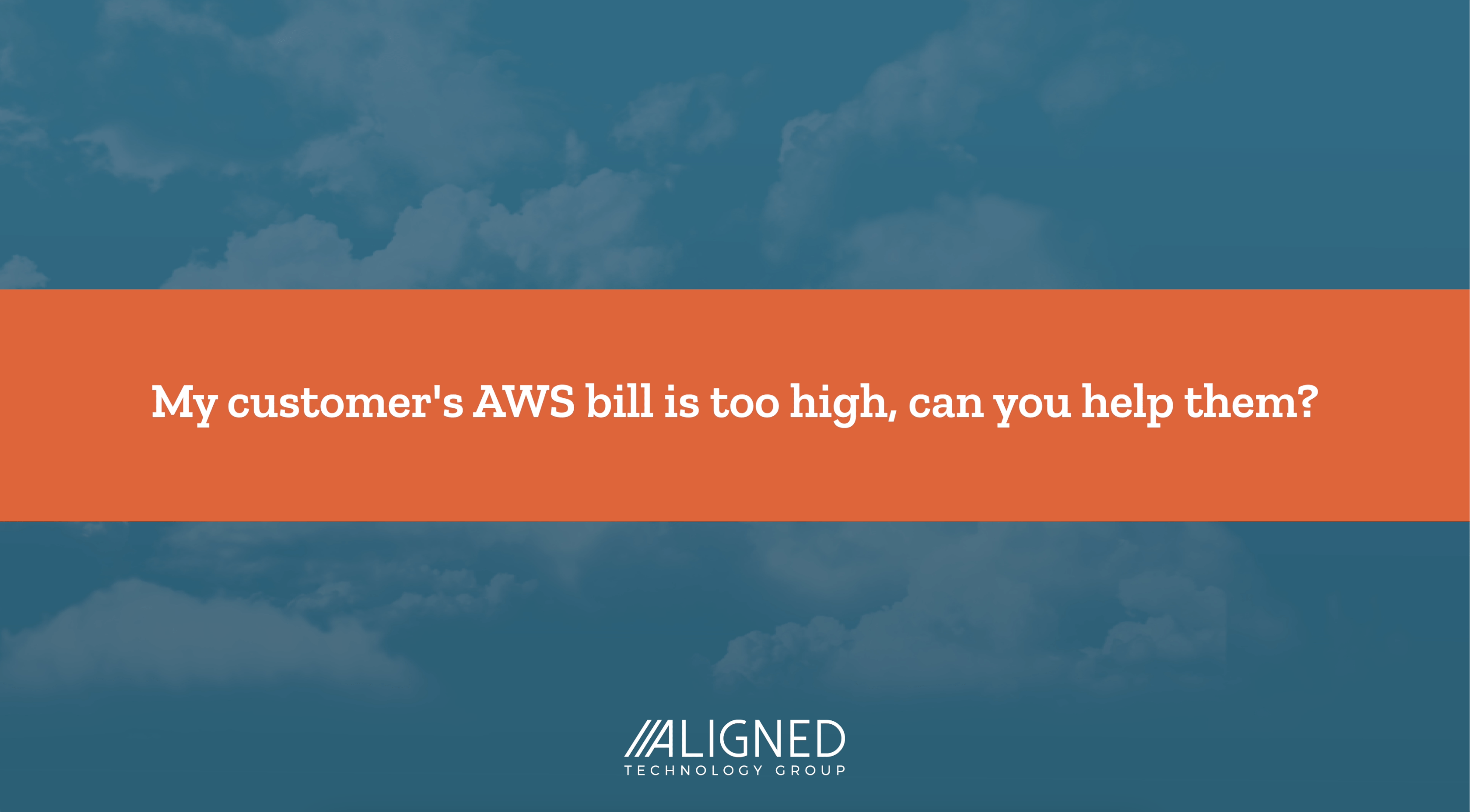
Optimizing Cloud Expenses: Strategies for Cost Reduction and Funding
Managing cloud expenses is a top priority for many organizations. While the cloud offers unparalleled flexibility and scalability, there is a common misconception that it is inherently expensive. In this blog post, we’ll explore effective ways to address cloud costs while maximizing the value of cloud investments.
Understanding Cloud Usage
The first step in managing cloud expenses is to get a clear picture of how the cloud is being utilized. Many organizations may not fully understand the intricacies of their cloud architecture or fail to use available tools efficiently. Mismanagement or underutilization of cloud resources can lead to unnecessary expenses.
It’s crucial to assess whether the architecture is optimized and if the tools available within the cloud environment are being used correctly. This assessment can uncover inefficiencies and pave the way for cost-saving measures.
Approaching Cost Reduction
Once we have a thorough understanding of the cloud usage, we can then strategize on how to reduce costs. The approach can vary depending on the complexity of the architecture:
- Simple adjustments: These can include rightsizing instances, deleting unused resources, or optimizing storage solutions.
- Complex changes: This might involve re-architecting applications to be more cloud-native, leveraging serverless technologies, or implementing advanced cost management tools.
Exploring Funding Opportunities
A lesser-known but highly valuable strategy to manage cloud expenses is exploring funding opportunities from cloud service providers, such as AWS. Many cloud providers offer incentives and funding programs to help organizations move workloads, upgrade services, and enhance their cloud environments.
Here are a few steps to consider:
- Evaluate Eligibility: Determine if your organization qualifies for funding opportunities based on your current and future cloud usage plans.
- Engage with Providers: Reach out to AWS or other cloud providers to understand the funding programs available and how they can benefit your organization.
- Plan and Execute: Develop a detailed plan to utilize the funding for activities such as migrating workloads, optimizing current applications, and scaling cloud resources efficiently.
Conclusion
Optimizing cloud costs is not just about cutting expenses, but also about maximizing the value derived from cloud investments. By understanding your cloud usage, implementing strategic cost reduction measures, and exploring funding opportunities, you can achieve a well-optimized cloud environment that supports growth and innovation.
Managing cloud expenses requires a blend of technical know-how and strategic planning. With the right approach, organizations can not only reduce costs but also enhance their overall cloud efficiency, making the most out of their cloud investments.
Last Updated on June 20, 2024 by Lauryn Colatuno

